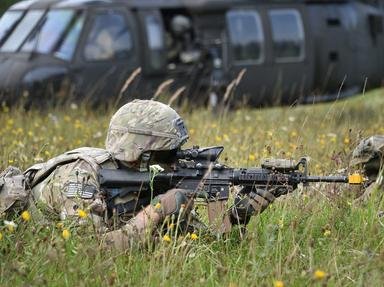Quiz Answer Key and Fun Facts
1. There is great risk associated with formation flying. Seven Snowbird pilots have lost their lives during their term of duty. Who is the most recent loss to the team?
2. The Snowbirds travel across North America often. Where is their home base located?
3. Training to be a Snowbird pilot or technician takes a lot of experience. Who actually fills these positions?
4. Much experience and expertise is required by Snowbird pilots. How long does a Snowbird pilot stay with the team?
5. There is a team leader ("Boss") for the Snowbirds. Which military rank must he hold to qualify for team leader?
6. The Snowbirds, like most performing aircraft, have their own crest. What does this crest pay tribute to?
7. Behind the canopy of each aircraft there is a strange picture of what item painted there?
8. The flight formation of the Snowbirds is both intricate and beautiful to watch. How close together do they fly during many of their formations?
9. At airshows you will often witness the spectacular flight of two solo aircraft performing head-on passes. How fast are they traveling?
10. Many flight teams have names. How did the Snowbirds get their name?
Source: Author
funnytrivianna
This quiz was reviewed by FunTrivia editor
trident before going online.
Any errors found in FunTrivia content are routinely corrected through our feedback system.
